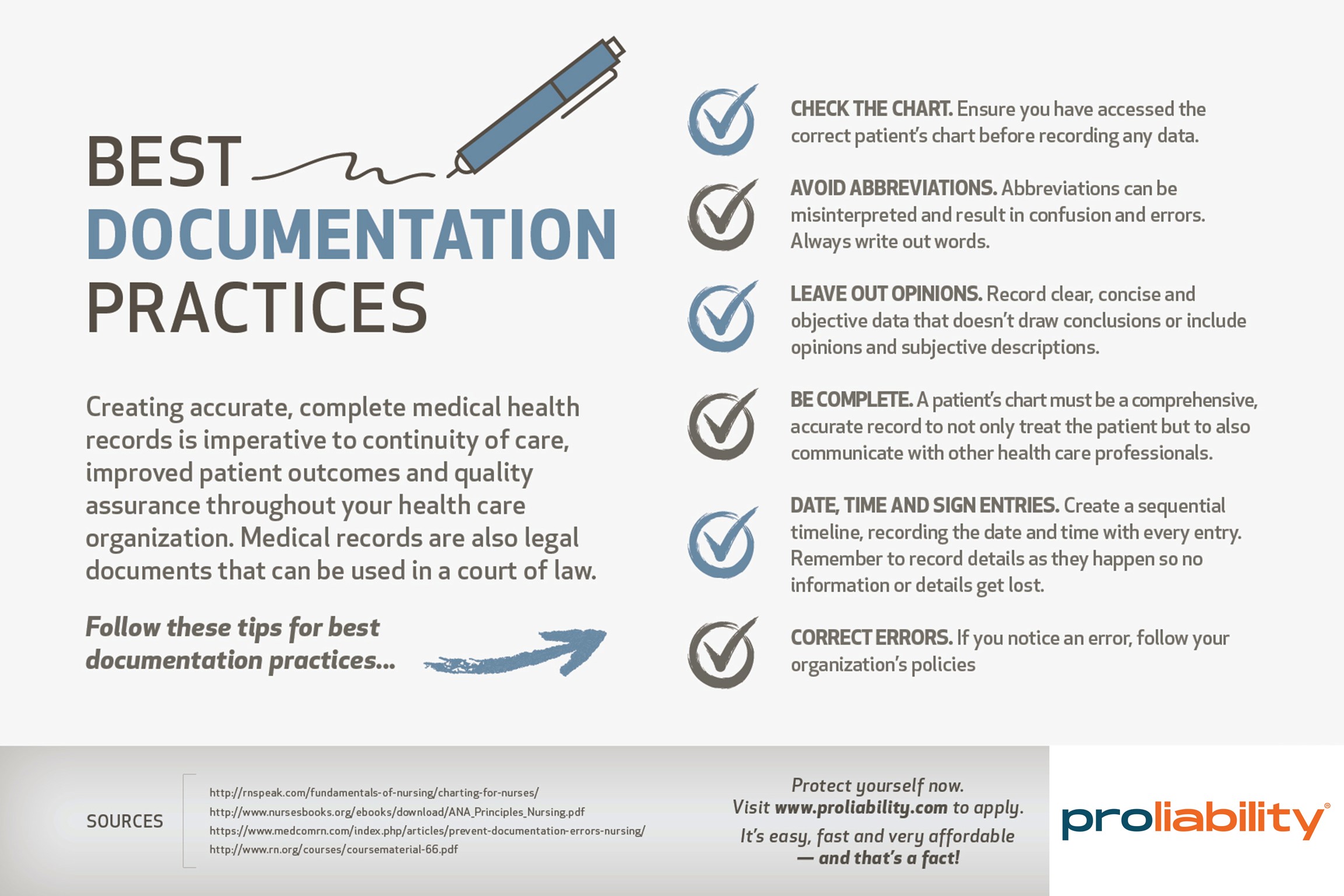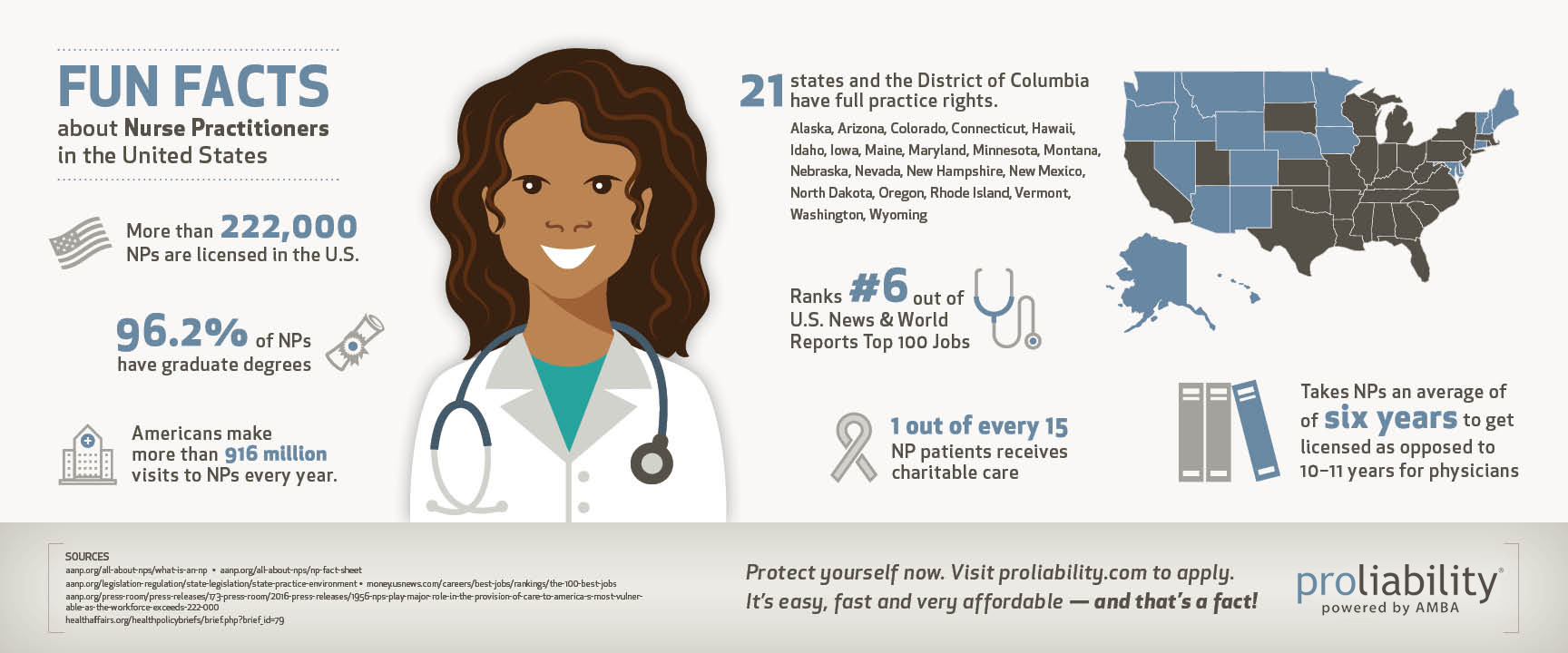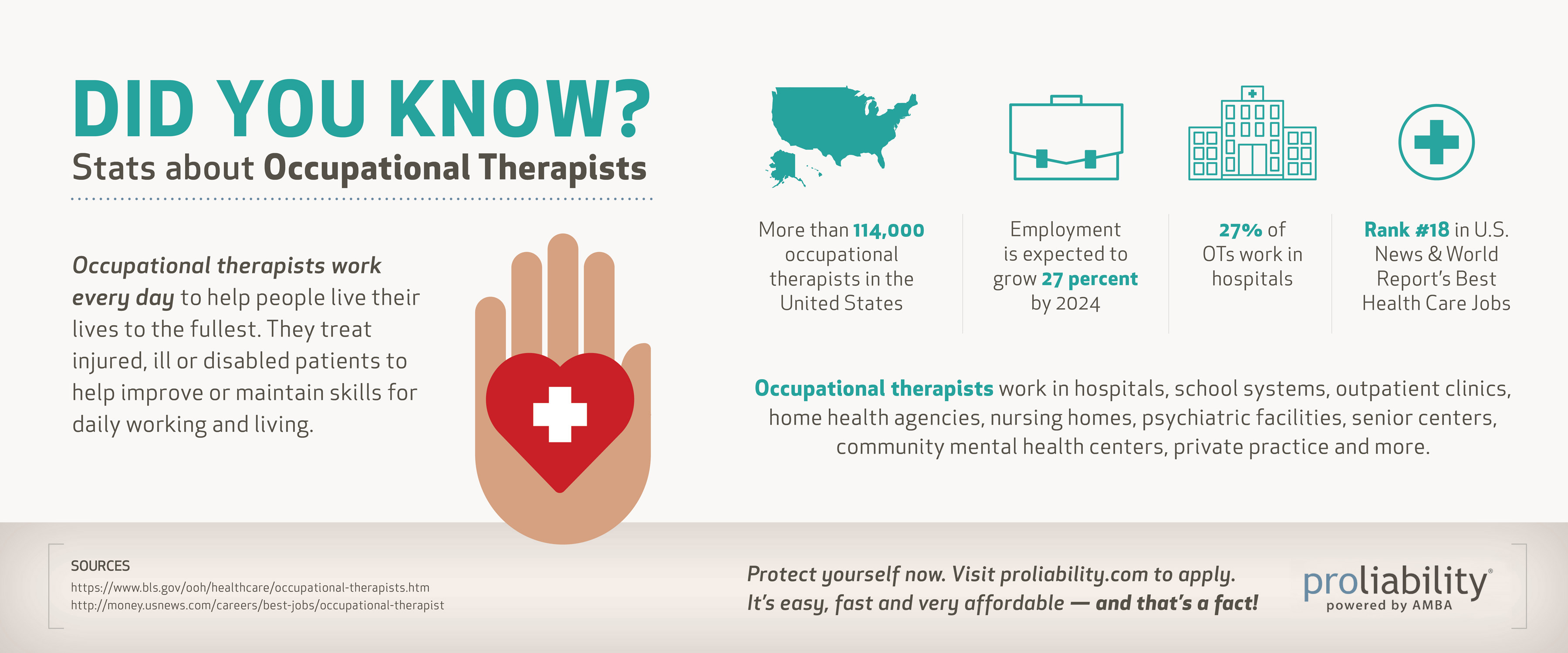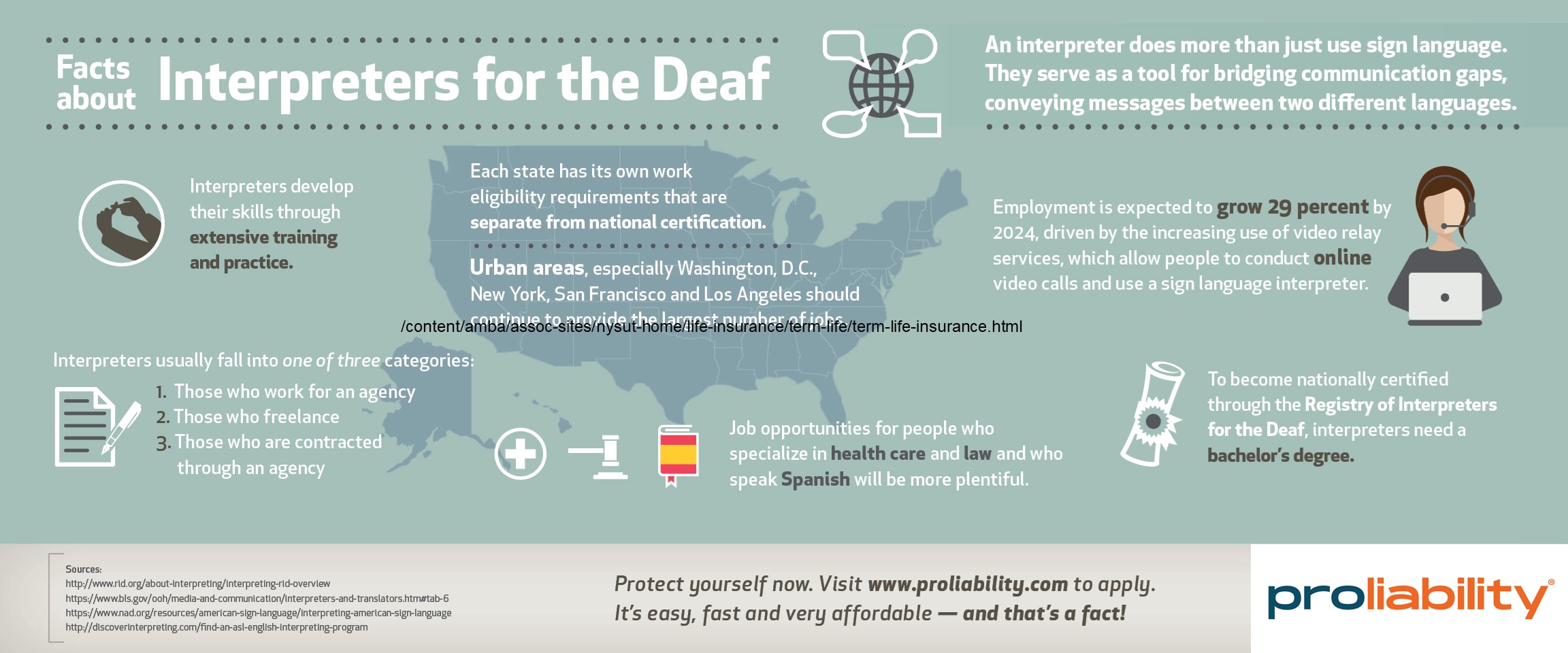-
-
Healthcare Professionals
- Athletic Trainers
- Audiologists
- Dentists
- Dental Hygienists/Assistants
- Dietetic Practitioners/Nutritionists
- Health Information Management
- Interpreters for the Deaf
- Medical Business/Facility Owners
- Mental Health Professionals
- Nurses
- Nurse Practitioners
- Student Nurse
- Occupational Therapists
- Optometrists/Opticians
- Pharmacists
- Physical Therapists
- Physicians
- Physician Assistants
- Physician Assistant Student
- Rehabilitation Professionals
- Respiratory Therapists
- Speech Language Pathologists
- Students
- Student Blanket Insurance
- Surgical Assistants/Technologists
- Other Healthcare Professions
- Business Professionals
- Healthcare Students
- Risk Management
- FAQ
-
Healthcare Professionals
- Athletic Trainers
- Audiologists
- Dentists
- Dental Hygienists/Assistants
- Dietetic Practitioners/Nutritionists
- Health Information Management
- Interpreters for the Deaf
- Medical Business/Facility Owners
- Mental Health Professionals
- Nurses
- Nurse Practitioners
- Student Nurse
- Occupational Therapists
- Optometrists/Opticians
- Pharmacists
- Business Professionals
- Healthcare Students
- Risk Management
- FAQ
-
More content coming soon!
See below for a sample of some of the resources we provide including infographics, videos, articles and more.
Infographics
DOCUMENTATION BEST PRACTICES
Creating accurate, complete medical health records is imperative to continuity of care, improved patient outcomes and quality assurance throughout your health care organization. Follow these tips for the best documentation practices.
FUN FACTS ABOUT NURSE PRACTITIONERS
We honor and thank Nurse Practitioners everywhere for improving lives and transforming care.
OCCUPATIONAL THERAPISTS
Occupational therapists and occupational therapy assistants work everyday to help people live their lives to the fullest. Check out this special infographic with some fun facts about Occupational Therapists in the U.S.
INTERPRETERS FOR THE DEAF FACTS
An interpreter does more than just use sign language. They serve as a tool for bridging communication gaps, conveying messages between two different languages. Learn more about Interpreters for the Deaf below.
Articles
-
What teachers can do to keep students safe and avoid liability
Teachers are responsible not only for their students' ability to learn but also their physical safety.
One of the most important aspects of teaching is ensuring that students are in an environment where learning is fostered. But teachers must also establish a place where students are safe and free from harm. This can sometimes be threatened by students themselves.
Multiple news outlets reported that a substitute teacher at a high school in a Southwest Philadelphia suburb was attacked by an 18-year-old student, who police say slammed the substitute to the ground in a fit of rage. Officially are investigating the incident and the student faces possible expulsion.
While the teacher was the only person hurt, incurring a concussion, other students may have been injured in the fracas.
Teachers have a responsibility to protect their students from injury. While schools themselves play an important role in this assurance as well, every year, teachers are sued for liability, filed by parents who believe their son or daughter wouldn't have been hurt had better safety mechanisms been established.
TeachHub.com recently put together several tips to help teachers protect themselves and their pupils from harm so that they can avoid litigation.
Classroom should be a safe haven. Teachers are licensed professionals because in the eyes of the law, they're highly capable of helping students learn academic fundamentals. But courts also consider licensed teachers to be people who are capable of providing a safe haven for those they teach.
"Simply stated, do all that is possible to warn and protect students from potentially dangerous conditions or activities in your school and provide proper supervision to ensure that your students are protected from avoidable physical injuries," TeachHub.com advised.
Duty of care can vary. The situations that students find themselves in often determines the type of preparation teachers need to implement in order to prevent avoidable injury. For example, physical education carries with it a greater risk for being hurt because of the nature of the activity. As such, instructors needs to be sure that the equipment they're using is safe and that students understand what behaviors can lead to someone being hurt. Teachers who are new to the profession may want to mimic what other teachers do to see to it that everyone is safe.
Teachers must be able to forecast potential for injury. Preparation is all about being mindful of what may happen or what will take place in the future. So in cases where injury may occur, teachers have a responsibility of anticipating what situations may prove harmful and what they or students can do to nullify those risks. As an example, TeachHub.com referenced a situation wherein a student is threatened by classmates, who then relays this threat to his or her teacher. The proper authorities, like the principal, should be informed of this threat, because if it comes to pass, the teacher may be sued because it could have been avoided had more been done to ensure that it didn't.
What bodes in favor of teachers is that it can be difficult for teachers to be considered the party ultimately responsible for a student's injury. Among the factors that have to be established is a direct connection between a student's injury and teacher's breach of duty, evidence that a teacher failed in their responsibility to keep students safe and an actual form of trauma has to have occurred.
Always use good judgment. It goes without saying, but intentional acts of violence committed against students can result in immediate dismissal and possible prosecution. Some school districts allow for corporal punishment, but excessive use of it that causes injury may lead to liability.
-
Nurses can take action to reduce liability risk
Nurses can limit liability risk in many ways.
Nurses face liability risk in the workplace everyday. This burden has been increasing recently with the doctor shortage putting more responsibility on nurses at hospitals and other health care facilities.
Should these professionals make any mistake on the job, they could be faced with a significant malpractice lawsuit that could threaten their financial wellbeing. However, there are steps they can take to help reduce their risk exposure.
Maintain clinical competency
One of the easiest ways nurses can reduce liability risk is to ensure they have a broad knowledge of their work so they can perform their duties as accurately and competently as possible. For example, these medical professionals should always attend relevant educational classes and in-service programs to help them improve their workplace performance. This can lead to them expanding their knowledge and technical skills, which could make them better at their jobs and less likely to make a mistake.Additionally, nurses ought to make sure they know how to use all of the equipment they may need to use on a patient. Some malpractice cases can stem from mistakes using this equipment, so knowing how it works is essential.
Knowing their strengths and weaknesses is another good way to avoid malpractice claims. This can allow them to avoid any assignments that they don't feel they'd be able to complete successfully without error. However, this requires them to speak up to their superiors whenever they don't feel comfortable performing a task.
Document everything accurately
Another essential step nurses can take to reduce their risk on the job is to make sure they document everything accurately. For instance, if a patient is complaining about any pain or ongoing issues, this information needs to be kept on record. Other things that should be documented include:- patient assessments
- changes in the condition of patients
- results of diagnostic procedures
- relevant discussions with patients
This documentation can be critical if a nurse is ever faced with a malpractice lawsuit. By having a record of all the important information of each patient, nurses can have proof of everything that has happened with them, which can be used in court to help them defend themselves.
Complete proper patient assessment and monitoring
Nurses looking to avoid malpractice lawsuits should also make sure they are completing proper patient monitoring and assessments. This includes watching them closely for any changes in condition, as well as follow up on any assessments completed. By keeping a close eye on patients, nurses can give themselves a better chance of detecting anything out of the ordinary that may need further attention. Without close monitoring, something could slip through the cracks and lead to a patient suffering injury as a result. This could lead to a significant malpractice lawsuit being brought against the nurse who didn't closely monitor the patient.Follow documented nursing standards
Generally, there will be a list of standards that nurses will have to follow on the job. Making sure they abide by this list is one of the easiest ways nurses can prevent malpractice lawsuits. Nurses who follow procedure will be able to avoid any issues that could stem from them doing something out of the ordinary.Purchase professional liability insurance
While these steps can help nurses limit their risk, there is always the chance a lawsuit could be brought against them. With that in mind, they should seriously consider obtaining professional liability insurance. This type of coverage can provide them with financial assistance if they are sued by a patient as well as a lawyer if the case if taken to court.News & information brought to you by proliability.com, the leader in professional liability insurance.
-
What is tort liability?
In the event of an injury occurring due to negligence, the responsible party could be sued for this wrongdoing. In order to be protected from these types of lawsuits, people may want to consider tort liability insurance.
After the person is injured, they have the right under law to bring legal action against the wrongdoer. The person responsible for the negligence could be brought to court, where the judge will determine if the injury or damage was a result of intentional carelessness.
If this is the case, the defendant's liability coverage kicks in and helps them pay for the damages and legal costs incurred during the lawsuit. The main benefit of this type of insurance is it allows the person responsible for the injury or damages to get through the lawsuit without being financially crippled.
There are three general categories of torts: intentional, negligent and strict liability.
Intentional - This type of tort is one that can result from an intentional act from the person responsible for the injury or damages. In court, the accuser will need to prove general or specific intent to win the case. Some common cases of traditional tort include battery, assault and false imprisonment.
Negligence - A negligence tort results from someone failing to behave with a level of care that would be expected under normal circumstances. However, it could also be the result of omission. For example, failing to help someone as a result of their conduct.Strict liability - Torts that fall under this category don't rely on the degree of the wrongdoing, but rather are established when a specific action causes damage. One example of a strict liability offense is a possession crime.
While professionals may not worry about tort liability, it is important for them to be aware of the categories of tort and what they can be protected from.
News & information brought to you by proliability.com, the leader in professional liability insurance.
-
Common causes of dental malpractice
Dentists can face malpractice lawsuits for many reasons.
Like any other medical professional, dentists can face liability when they are treating a patient. Even the slightest mistake could result in them facing a large medical malpractice lawsuits. There are many instances that could lead to a dentist being targeted in a malpractice suit.
Errors in treatment - One of the most common causes of dental malpractice is simply committing an error during treatment. For example, putting dental implants in a person who is not healthy enough or doesn't have the proper bone structure to accept them could lead to a malpractice lawsuit. This may leave the patient with no implants and a significant medical bill, so they could come after their dentist for those damages.
Not using proper techniques - Failure to use the proper technique can also result in a malpractice lawsuit. This generally results from dentists who aren't trained properly. Improper technique could lead to a painful injury and dental damage that may end up costing a patient money. If that is the case, they could seek damages as a result.
Failure to follow up with treatment - Not following up with patients is another way that dentists could find themselves facing a malpractice lawsuit. If a procedure is completed, dentists should always schedule follow up. This will allow them to know the status of their patient, if they need further treatment and also help them build a good relationship. To avoid lawsuits resulting from failing to follow up, dentists should always contact patients after a procedure and document that conversation, so they have proof of the follow up.
Not referring patients when necessary - In some cases, a dentist will not be able to complete all the necessary procedures to get their patient healthy. That said, there could be times when they have to refer patients to specialists. Failure to do so could result in a malpractice lawsuit if the patient suffers damages or losses as a result of this negligence. For example, if a dentist knows a person needs their wisdom teeth out and doesn't refer them to the proper specialist they could find themselves in some trouble.
Taking on problem patients - When accepting patients, dentists need to be sure they can spot those who are going to be a cause for concern. Medical professionals should also look at a person's entire history before taking them on because if they have a past of constant complaints and other issues, dentists could be putting themselves at risk.
While the majority of malpractice claims don't result in a dentist having to pay out damages, all it takes is one to have significant costs and time spent out of the office. Choosing the right professional liability policy is an important step in reducing your risk. Professional liability insurance can help protect their finances and career should they ever be targeted in a malpractice lawsuit.
Specifically, professional liability insurance helps prevent a lawsuit from being financially damaging by providing assistance for legal and court fees as well as settlement and judgment costs. The policy can also provide policyholders with a lawyer to help with their defense.
Most of the time, dentists will be offered coverage under their employer's umbrella plan. While this certainly can help, it may be limited. The limit of liability could be small and coverage may not even be extended if there is a conflict of interest. With that in mind, dentists should think about a separate individual policy, so they can have an insurance company that will work in their best interests.
-
Should I be an LPN or RN?
If you’re considering enrolling in nursing school, you need to decide what type of degree you want to receive. You might not know what career path you want to pursue, but you have a few choices to make before deciding upon which schools to apply to. The roles of a licensed practical or vocational nurse and registered nurse are significantly different, so you need to evaluate which type of program is right for you.
Licensed Practical and Vocational Nurse (LPN)
LPNs play a vital role in essential patient care even though their scope of practice is limited. They are dependent practitioners supervised by a professional. They help patients with basic care like eating and hygiene; take their temperature and other vital signs; monitor and report patient status to physicians; change bandages and other dressings; and discuss care and procedures with patients. To become a licensed LPN, you need to enroll in an LPN program, which takes about a year to complete, and once finished, you will need to take and pass the National Council Licensure Examination for Practical Nurses, which is conducted by each state nursing board. Once you’ve passed this exam, you can apply for your LPN license.
According to the Bureau of Labor Statistics, employment of LPNs is expected to grow 25 percent by 2022, as a large number of LPNs are expected to retire over the next decade. LPNs work in nursing care facilities, hospitals, doctor’s offices, home health services and residential care facilities.
Registered Nurse (RN)
RNs have more education and training than LPNs, which allows them to assume more job responsibilities and gives them an edge where pay is concerned — RNs can make about 40 percent more than LPNs. RNs are also independent practitioners, and in addition to performing the same duties as LPNs, RNs provide direct care to patients, assist physicians with medical procedures, administer medications, lead public health campaigns, perform diagnostic testing and analyze results, instruct patients how to manage their illnesses and oversee other caregivers, such as LPNs. While there is one path to becoming an LPN, there are three paths to becoming an RN.
- Associate’s Degree in Nursing (ADN): This two-year degree gives you the RN designation and is a great way to earn an entry-level position.
- Diploma in Nursing: A Diploma in Nursing usually takes two to three years to complete; however, this degree is being phased out.
- Bachelor’s of Science in Nursing (BSN): This four-year degree is now the most common nursing degree pursued and gives you the highest RN designation. This degree offers a path to earning your Master’s of Science in Nursing or your Doctor of Nursing, if you choose to pursue higher education. Nurses who earn a BSN have more opportunities than nurses who earn an ADN or diploma, and they typically earn more money.
Once you’ve earned your degree, you must pass the National Council Licensure Examination for Registered Nurses and apply for your state license. The demand for RNs is increasing and is expected to grow 19 percent by 2022, according to the BLS. The majority of RNs, 61 percent, work in hospitals; however, they also work in doctor’s offices, nursing and residential care facilities and home health care services and for the government.
As the demand for health care professionals increases, both LPNs and RNs will have steady career opportunities, and regardless of which path you choose, you can opt to go back to school to earn a higher degree.
-
Common causes of malpractice for dental hygienists
Dental hygienists could benefit from professional liability insurance.
Although dental hygienists aren't required to carry professional liability insurance, it could be a good idea as they face many liability exposures while at work.
According to RDH Magazine, one of the major causes of lawsuits filed against dental hygienists is failing to update a patient's medical history. This could lead to incorrect treatment in the future, so hygienists should always ensure they add to their patient's medical history after every visit to the office.
Another one of the top causes of hygienist malpractice is failure to detect oral cancer. This is the primary reason they are named as codefendants in lawsuits when a doctor is sued for failure to diagnose.
During their training, hygienists are educated on the signs that could potentially represent oral cancer, so if it is missed, they could find themselves facing a significant malpractice lawsuit. These types of lawsuits can also occur due to failure to detect periodontal disease.
Other common causes of hygienist malpractice include injury to a patient, failure to record thorough documentation in a patient's chart and not protecting a patient's privacy.
To prevent malpractice lawsuits from being overly damaging, dental hygienists should consider purchasing an individual professional liability insurance policy. If they are ever sued, this type of coverage can provide them financial assistance for legal and court fees as well as settlement and judgment costs. Hygienists can also obtain legal defense through their insurance provider.
Oftentimes, dental practices will have professional liability insurance that offers limited coverage to employees. Hygienists shouldn't settle for this protection, as these policies are in place to defend the best interest of the practice not those of employees.
News & information brought to you by proliability.com, the leader in professional liability insurance.
-
Who's responsible when potential buyer is injured at an open house?
When an open house results in an injury, can the real estate agent be sued?
From listing properties on highly trafficked real estate websites to word of mouth, there are no shortage of ways agents turn to in order to advertise a home that's for sale on behalf of clients. Among the most successful strategies is holding an open house.
An open house not only enables prospective homebuyers to get an up close and personal look at what the for-sale residence looks like, but it also gives people an opportunity to ask questions, both of the owner and the agent. The National Association of Realtors has a nine-step guide to how to make the most of an open house, such as how to declutter, clean, market it so that people know about it and beautify a home's exterior so that it will catch the attention of passers-by.
Every now and then, however, these open houses can wind up going off the rails, such as if a potential buyer slips and falls when taking a look at the property. If the injury results in substantial medical bills, it's possible that the listing agent may be sued, but not probable.
Perhaps the best evidence of this is what occurred in Illinois. In the matter of Hart v. Century 21, the individual who filed the lawsuit contended that the listing agent should be found liable because the injury happened during an open house event that the agent put together, law firm Goldberg Segalla noted. However, the judge who was presiding over the case ultimately determined that there wasn't a sufficient amount of information in the contract between the defendant broker and the seller to establish culpability.
"The language of the contract itself…controls whether a contractual duty to this plaintiff exists as a matter of law," the court's ruling stated.
The only thing that the agent was responsible for was the cleaning of the house, not the inspection. Because the cleaning didn't affect the person's injury, it could not be considered as a factor that made the agent liable.
Still, real estate agents don't always have immunity from unforeseen open house incidents, Goldberg Segalla noted. What can get real estate professionals into trouble is if issues arise that can be linked back to the agent's negligence. For example, if a real estate broker trips someone who's looking at the property - whether intentional or involuntarily - they could be sued in open court. Similarly just as acts of commission may be prosecuted, so too might acts of omission. In other words, if brokers knew of a potential safety hazard but failed to address it, they could be held financially responsible for whatever medical costs develop.
There are a few basic rules to operate by in order to avoid the potential for litigation during an open house, as recommended by Goldberg Segalla.





